Cars are designed to be driven, not left sitting idle for long stretches of time. While it might seem harmless to leave your vehicle parked for days or even weeks, inactivity can quietly affect its performance and overall condition. Think of your car like the human body; when it doesn’t move, certain parts become stiff, weaker, or less efficient over time. Whether you’re someone who works from home, owns multiple cars, or simply doesn’t use your vehicle as often as before, understanding what happens when a car sits unused is important. Small issues that develop during periods of inactivity can quickly snowball into costly repairs if ignored. From battery drain to tire wear, there are subtle but significant changes you’ll want to keep in mind. By knowing the risks, you can take preventive steps to keep your car in good shape, even when it’s not in daily use.
1. Battery Loses Charge
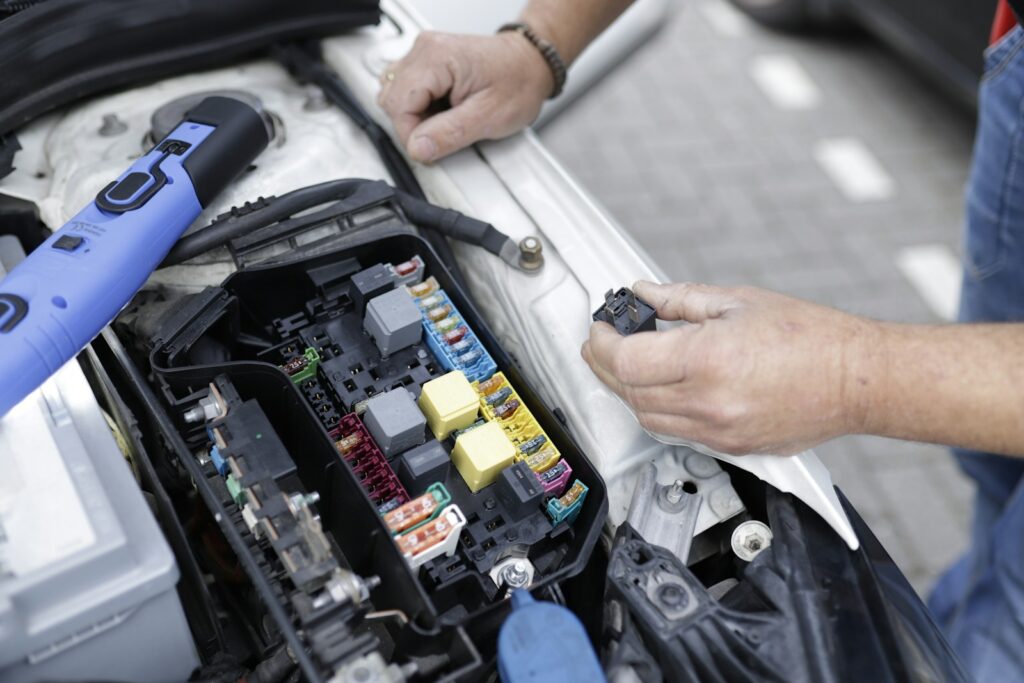
One of the most common issues when a car is left unused is a drained battery. Modern vehicles rely on electrical systems that continue to draw small amounts of power even when the engine is off. Over time, this constant drain weakens the battery’s charge, and without the alternator replenishing it through regular driving, it may eventually die. A weak or dead battery can prevent the car from starting altogether, leaving you stranded. Frequent inactivity also shortens the overall lifespan of the battery, making it necessary to replace it sooner than expected. Starting the car periodically helps maintain its charge.
2. Tires Develop Flat Spots
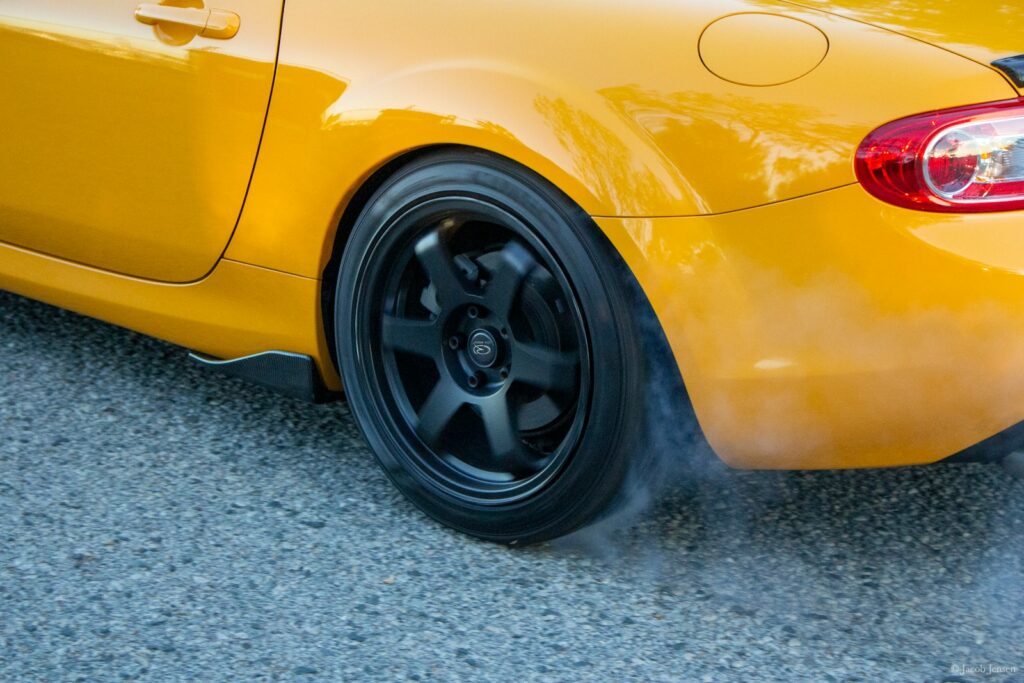
Tires are designed to keep moving, and when a car sits too long in one position, the weight of the vehicle presses down on the same parts of the tires. This pressure can create flat spots, which cause vibrations or uneven movement when you eventually drive again. In addition, tires can lose air pressure naturally over time, which increases the risk of damage or even blowouts. Underinflated tires also reduce fuel efficiency and compromise handling. Driving the car occasionally allows the tires to flex, distribute pressure evenly, and prevent long-term damage that might require costly replacements.
3. Fluids Begin to Deteriorate
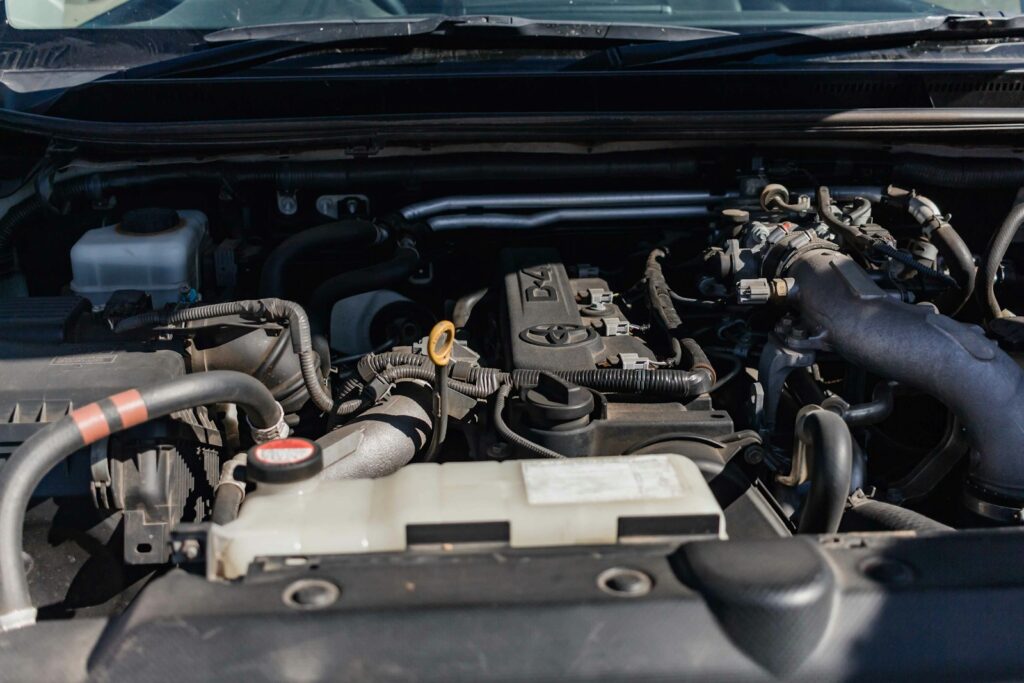
A car depends on several fluids to run smoothly, including engine oil, transmission fluid, coolant, and brake fluid. When the vehicle sits unused, these fluids can degrade or become contaminated with moisture. For instance, engine oil may lose its protective qualities, reducing its ability to lubricate internal parts. Coolant can attract condensation, which may corrode the cooling system. Brake fluid is particularly sensitive to moisture, which can weaken braking power. These issues might not be immediately noticeable, but over time, they can cause serious mechanical problems. Running the engine periodically keeps fluids circulating and helps maintain their effectiveness.
4. Brakes Can Rust
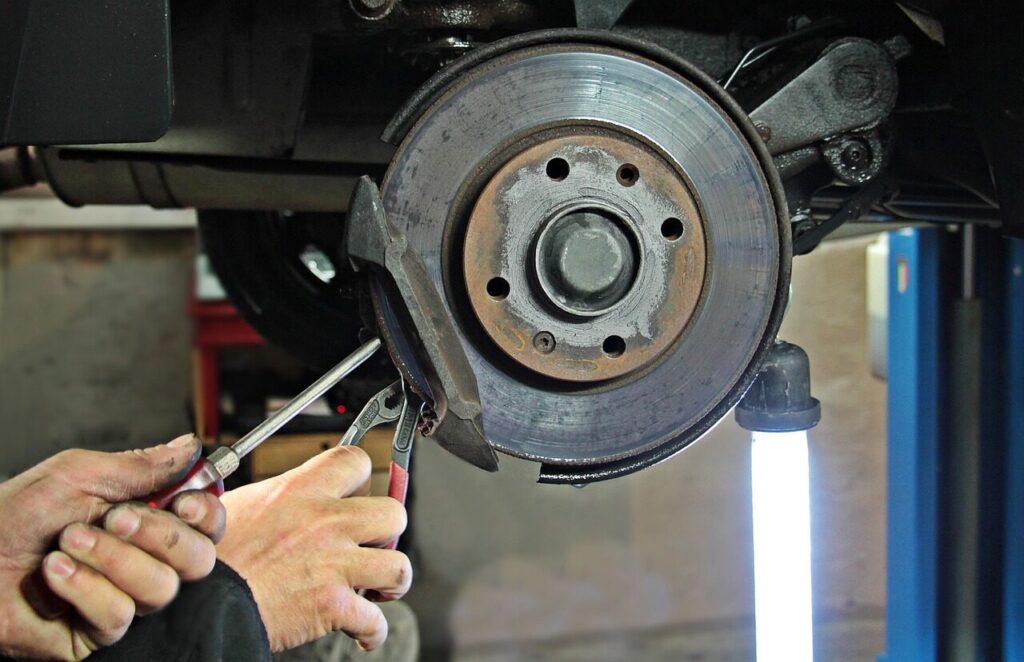
When a car remains parked for long periods, especially outdoors, the brake rotors and pads are exposed to moisture from rain, humidity, or even dew. This exposure causes rust to form on the metal surfaces, which can lead to squeaking, grinding, or reduced braking performance when the vehicle is finally used again. If left for too long, rust can also cause the brakes to seize or stick, making driving unsafe. Even light surface rust can wear down the pads faster than normal. Taking the car for occasional short drives helps keep the brakes dry and free of rust buildup.
5. Fuel Can Go Stale
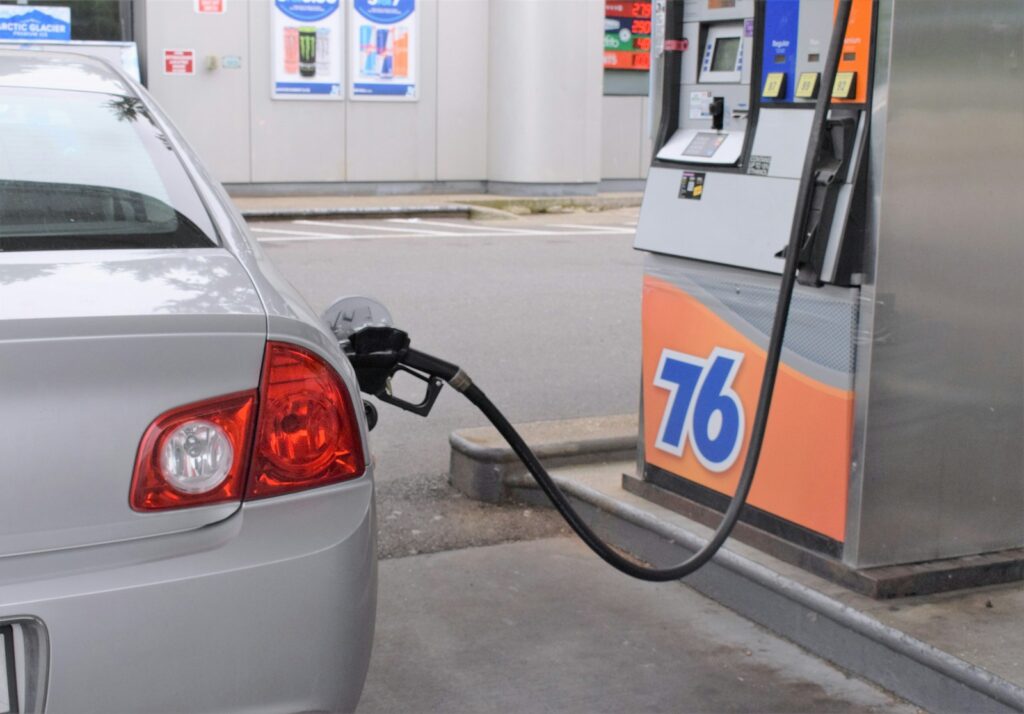
Gasoline may not seem perishable, but it actually has a limited shelf life. When fuel sits unused in the tank for too long, it begins to oxidize and break down, creating a varnish-like residue that can clog the fuel system. This stale fuel reduces engine efficiency, makes the car harder to start, and may even damage components like the fuel injectors. In humid conditions, condensation can also build up inside the tank, leading to rust and corrosion. Driving the car regularly helps keep fuel fresh by cycling it through the engine, reducing the risk of costly fuel system repairs.
6. Pests May Find a Home
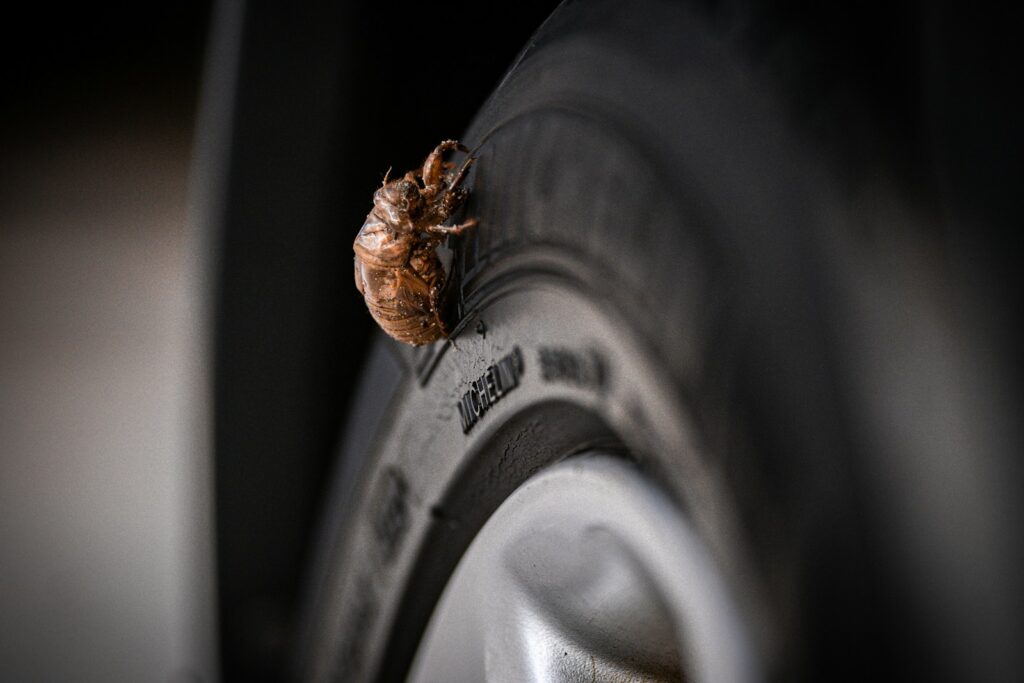
A parked car can quickly become an attractive shelter for pests such as rodents, insects, or even birds. The warmth of the engine bay, the insulation of the seats, and the quiet environment all make it appealing for animals to build nests. Unfortunately, this often leads to chewed wires, clogged air filters, or foul odors from droppings and nesting materials. Damage caused by pests can be expensive to repair and sometimes difficult to trace. Regularly inspecting the car, especially if it sits outdoors, along with occasional driving, can help discourage pests from turning your vehicle into their home.
7. Seals and Gaskets Dry Out
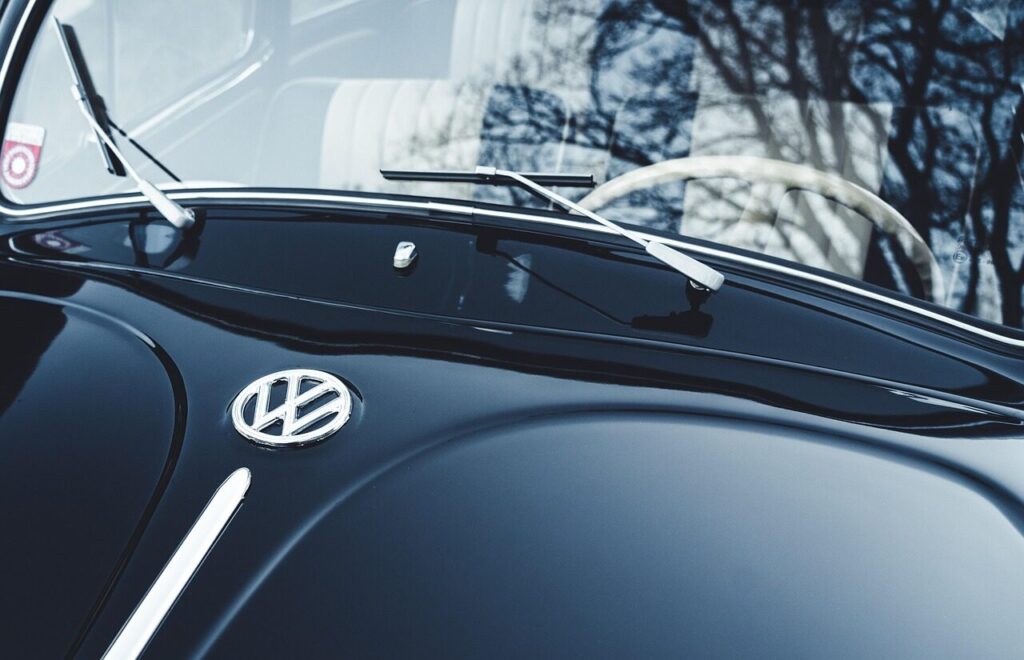
Rubber components such as seals, gaskets, and hoses are designed to stay flexible through constant use and lubrication. When a car sits idle, these parts can dry out, shrink, or crack due to lack of movement and exposure to heat or cold. Once they begin to deteriorate, leaks may develop in the engine, transmission, or cooling system. Even small leaks can lead to bigger problems, such as overheating or loss of vital fluids. Keeping the car active ensures that these rubber parts remain pliable and properly lubricated, reducing the chances of premature wear and costly repairs.
8. Exterior Wear Accelerates
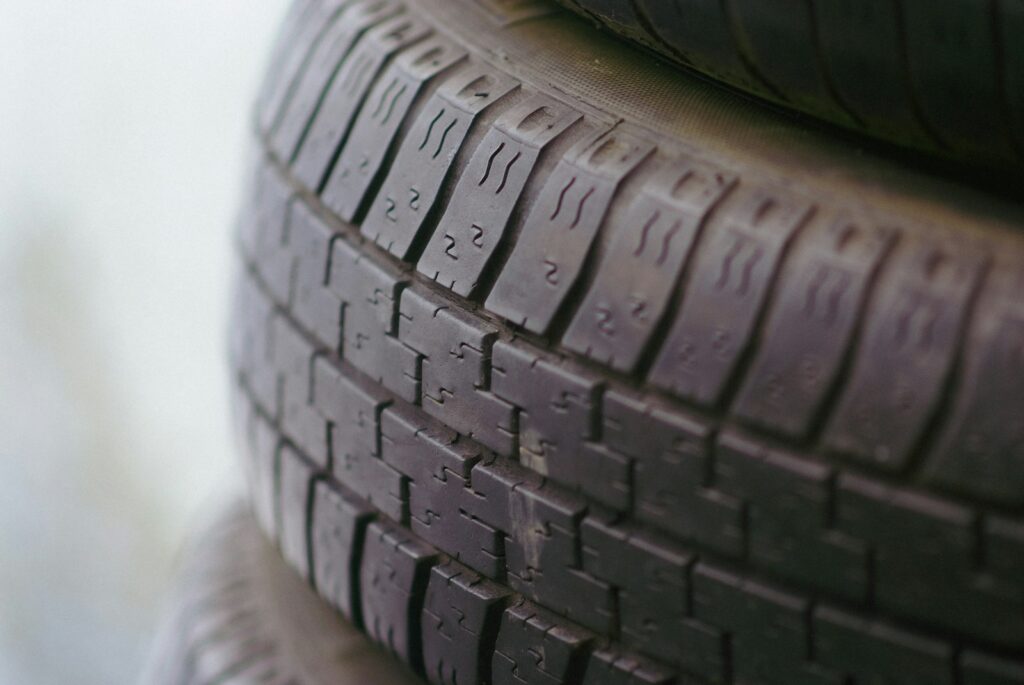
Leaving a car parked for long periods, especially outdoors, exposes it to harsh elements like sunlight, rain, dust, and pollution. Over time, the paint can fade, oxidize, or develop water spots, while the metal surfaces may rust. If parked under trees, sap, bird droppings, and falling debris can damage the finish and be difficult to clean. Even cars parked indoors can collect dust and moisture that dull their appearance. Regularly washing, waxing, or simply covering the car helps protect its exterior from accelerated wear, preserving its look and value for the long term.
9. Air Conditioning Loses Efficiency
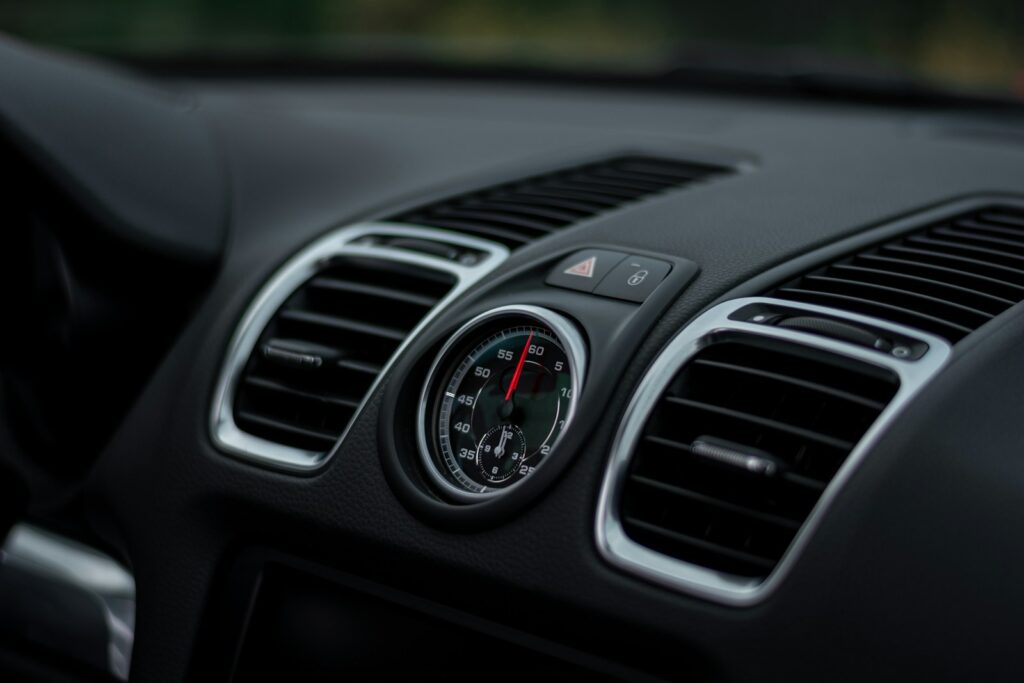
Air conditioning systems work best when used regularly because refrigerant and lubricants circulate through the system, keeping seals and components in good condition. When a car sits unused, the lack of circulation can cause seals to dry out, leading to refrigerant leaks. Moisture buildup in unused vents may also encourage mold or mildew growth, resulting in unpleasant odors and reduced air quality. Over time, the system’s cooling performance weakens, and repairs may become costly. Running the air conditioning periodically, even in cooler months, keeps the system healthy and ready to provide efficient cooling when needed.
10. Resale Value May Drop
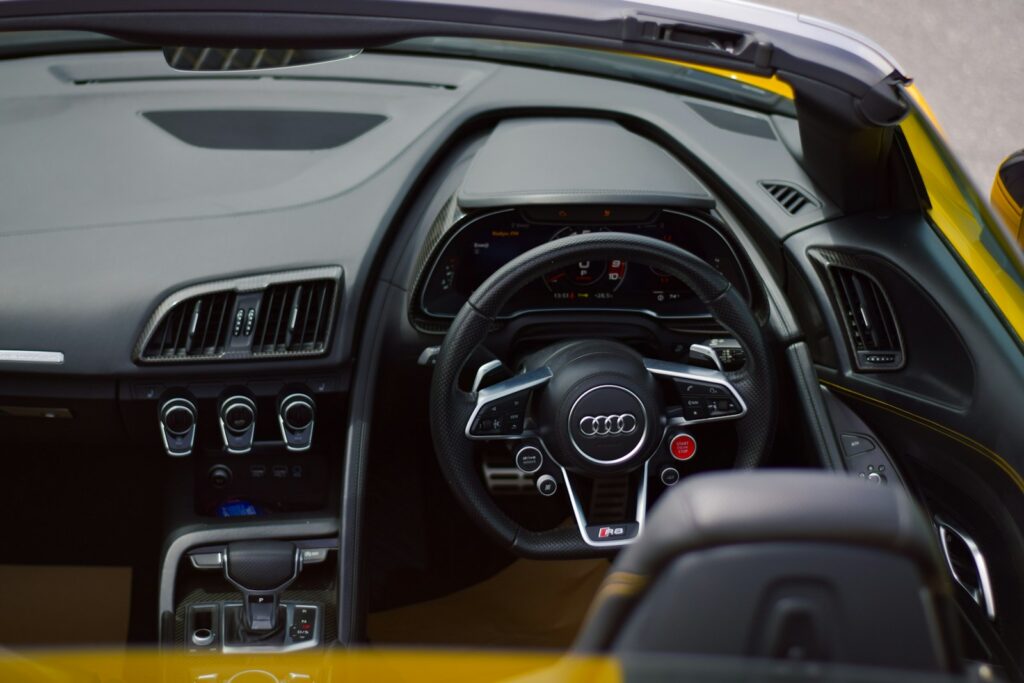
Potential buyers look for cars that are not only low in mileage but also well-maintained. When a car sits unused for extended periods, the issues it develops, such as rust, fluid deterioration, or worn tires, can become obvious during inspections. Even cosmetic concerns like faded paint or interior odors from disuse can lower its market value. A neglected appearance often gives the impression of poor upkeep, which can discourage buyers. By taking preventive steps like occasional driving, routine cleaning, and regular maintenance checks, you can preserve your car’s resale value and make it more appealing to future buyers.
Comments